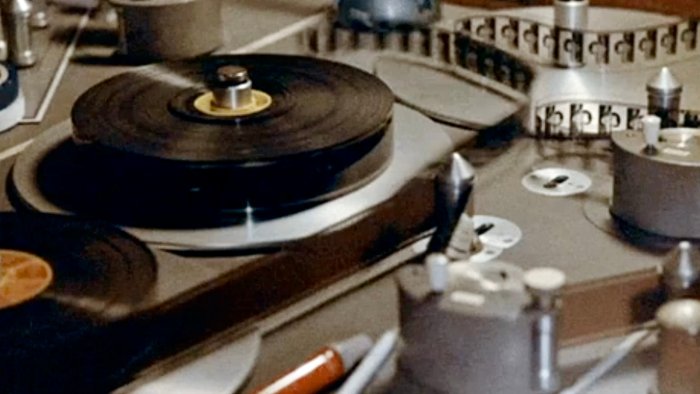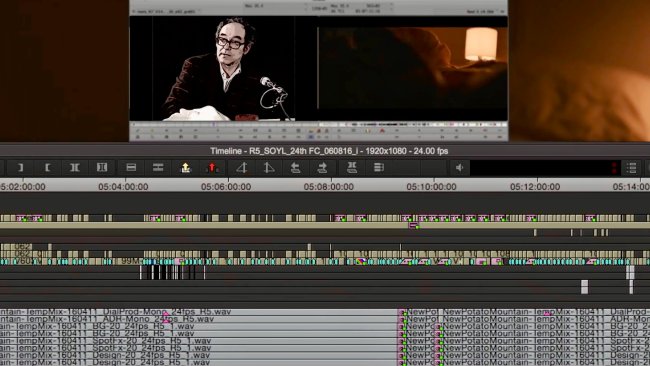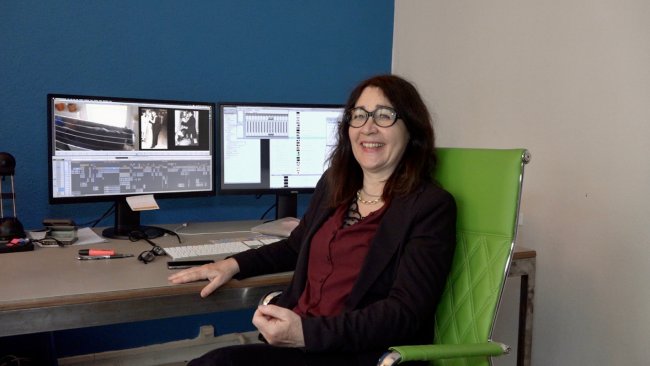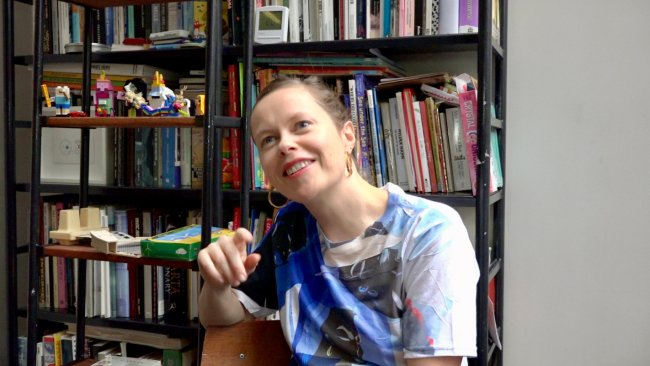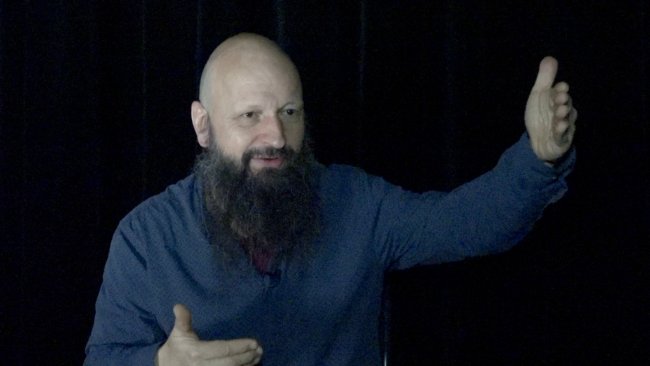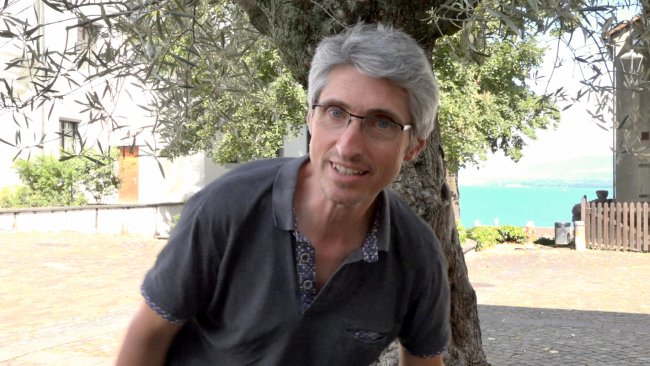Tools not rules
Filmexplorer's Editing Collection

The Collection
Editing, cutting, montage – it is one of the most important tasks in the creation of moving images. Both technical and artistic skills are required for the editor, whose role has often been neglected, while the theory of montage has been largely celebrated.
Filmexplorer hereby consecrates a series of online episodes to the work of editing, in order to stress the practical challenges of the job of editor and the artistic need for emancipation from any dogmatic rules.
Filmexplorer's Editing Collection has been supported by the Film and Media Art Department kulturelles Basel.
Making films is more and more accessible and one does not necessarily have to think before producing an enormous flood of moving images. The job to select them naturally stands out and the new generations seem to integrate the practice of editing very quickly. How? The learning process is certainly more defined by YouTube tutorials than by the classical theories of montage...
The historical anthology on montage that the HEAD Geneva has recently published is certainly an important contribution to open the minds on the rules of editing. However, the contemporary approach to editing is more practical than theoretical and Walter Murch’s “Rule of Six” seems to be the only solid manual of use around, thus becoming a dogmatic bible for editors.
For this reason, we are convinced that it is urgent to propose a practical and artistic approach to editing, and raise as many questions as possible in order to emancipate from any dogmatic approach. We need to widen the creative horizon that montage allows. Rules are important, of course, but only to the extent they are used as tools alongside other tools.
The structure of the Editing Collection: a series, two seasons, ten episodes
The first five episodes highlight several aspects of the editing process through discussion with the makers: the editors.
Professional editors like Tania Stöcklin and Katarina Türler bear witness to the importance for the editors to be experts but not specialists. Thanks also to the experience in creating documentary films, they show the importance of an interdisciplinary approach to editing, which should start in the educational phase and continue through the collaborations with the film team.
Profession and artistic craft go hand in hand; this is stressed in the discussion with Beatrice Gibson who uses the strength of editing at its best in her own filmic works. The discussions with Philippe Ciompi and Fabrice Aragno not only confirm the interdisciplinary and artistic approaches, but also allow us to consider two specific perspectives on montage, respectively: on sound editing, and on multi-screen editing within an exhibition space.
The second five episodes are made up of a multimedia constellation of inputs (videos, podcasts, texts, references) that showcase Filmexplorer’s past seven years of exchanges with filmmakers and editors. The objective is not to give recipes and solutions but to pose questions and propose ideas. Unlike the use of linear threads in the first season, in the second season it is less a question of composing, and more of “démontage”, of decomposing and interrogating the several aspects of the editing process.
*
What is the relationship between shooting and editing?
How can an editor build their own methodology?
Which are the “architectural” challenges of rhythm in film editing?
Is the long-shots aesthetic not against editing but showing a form of pre-editing?
How does the audience’s perspective have an influence on the editing table?
Which are the strategies, advantages and disadvantages of team work?
What do we learn from the practice of live editing?
